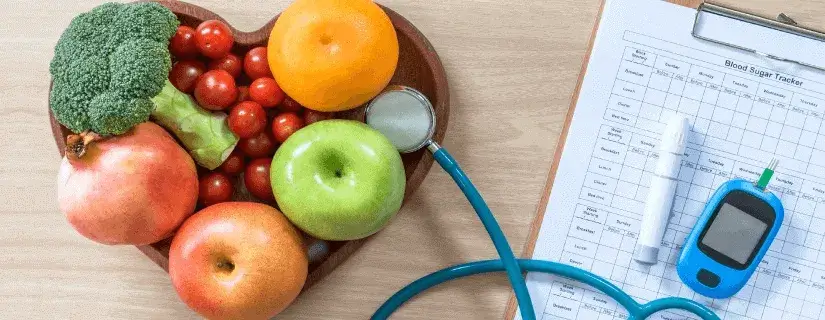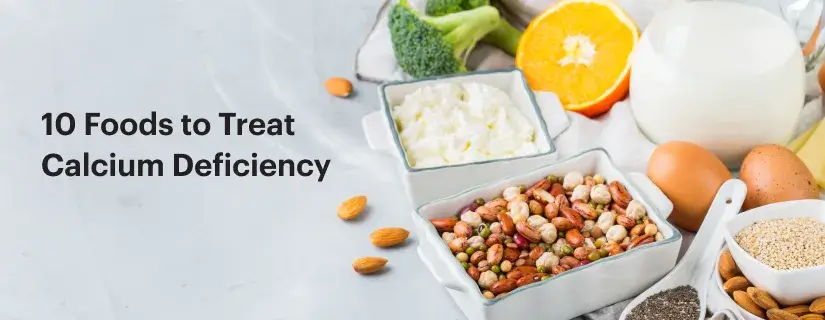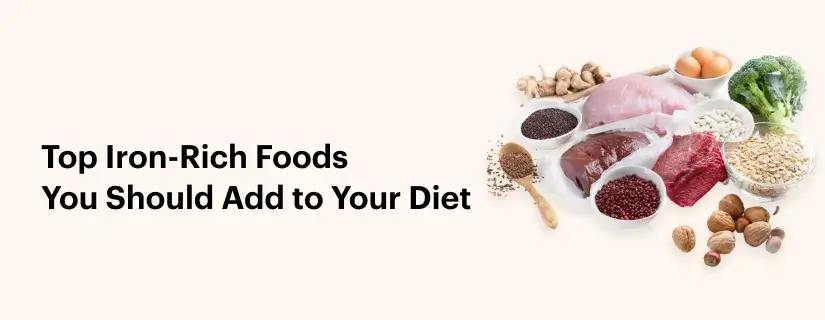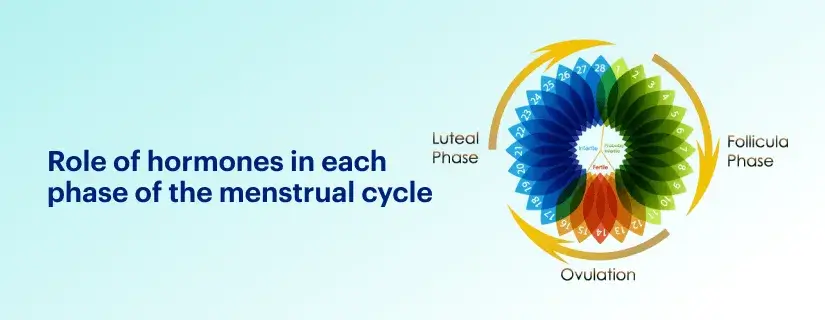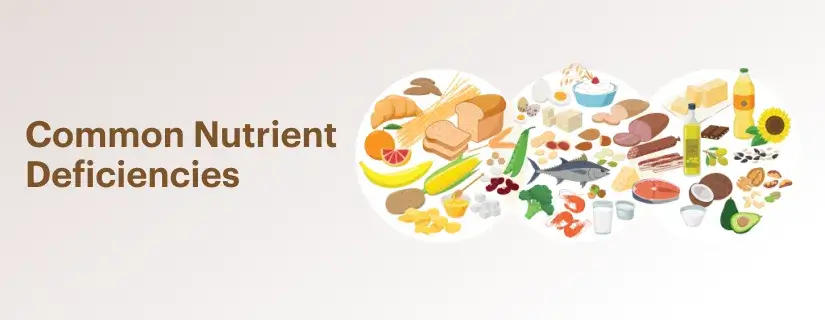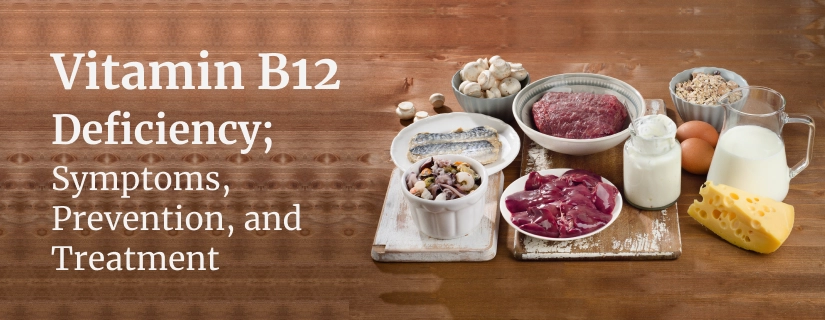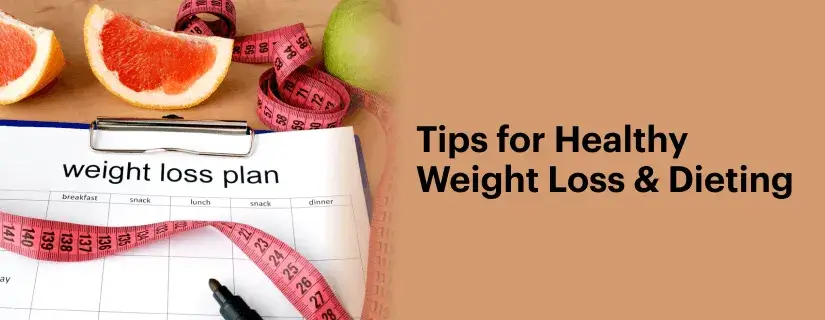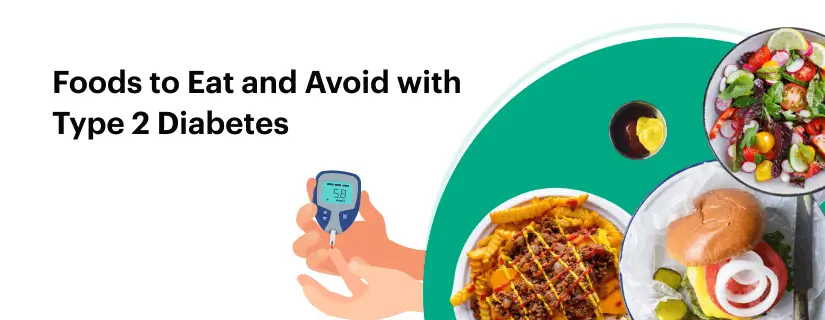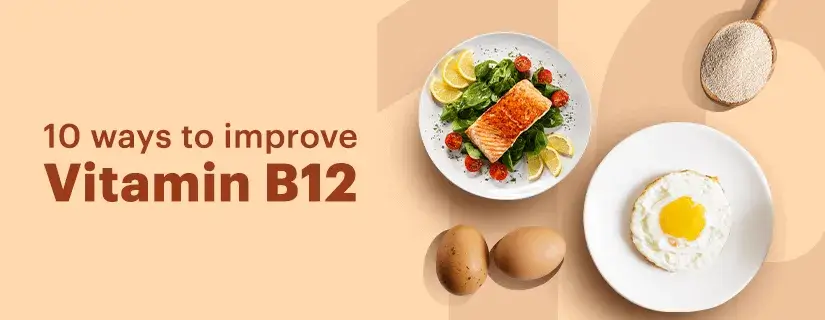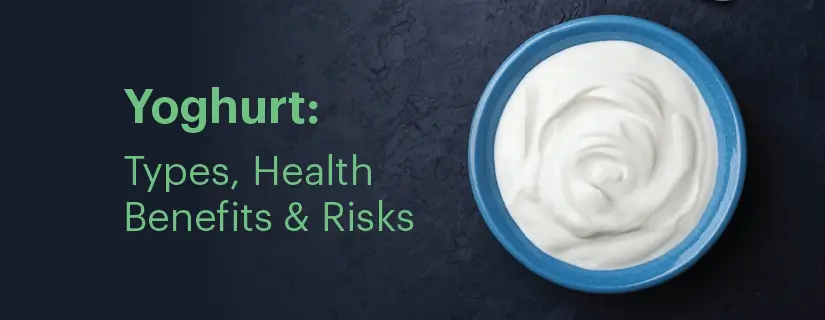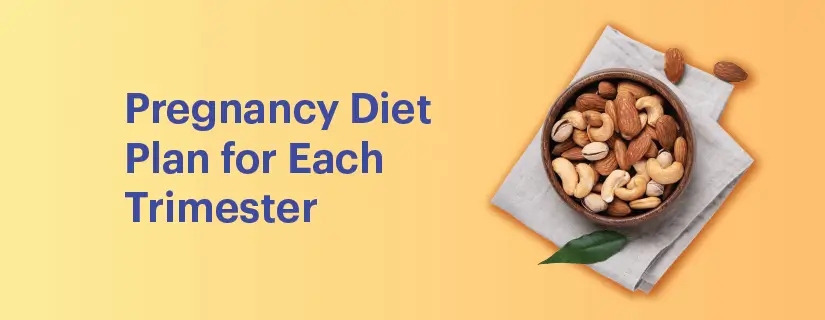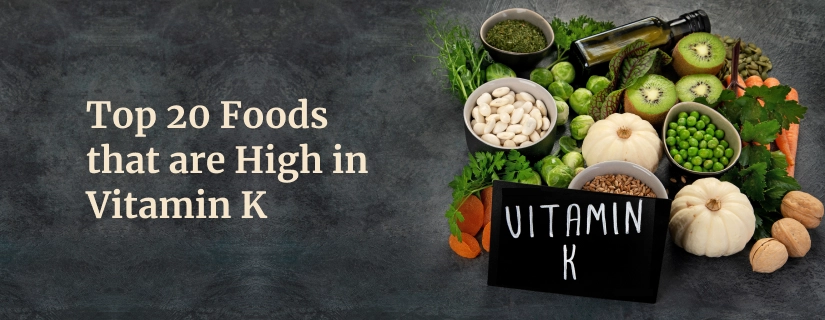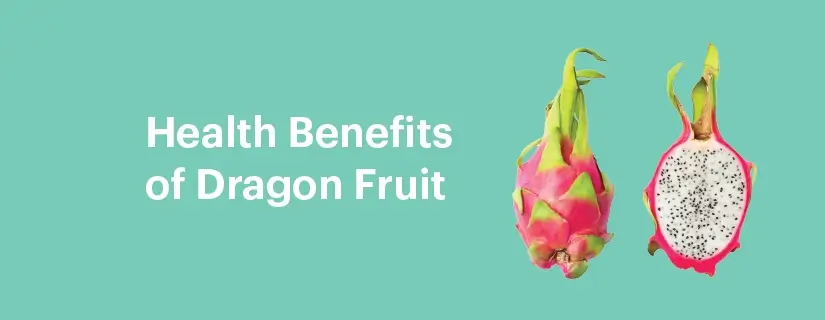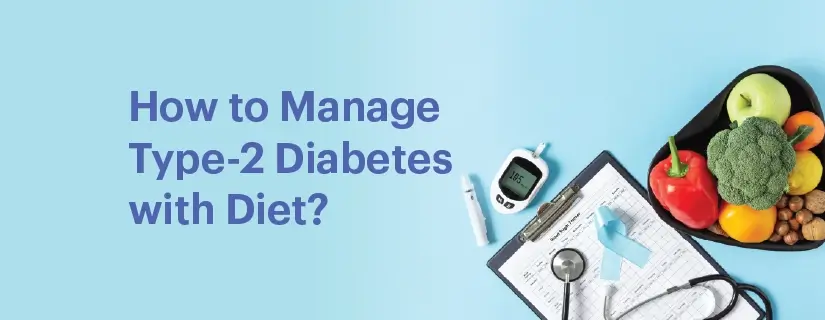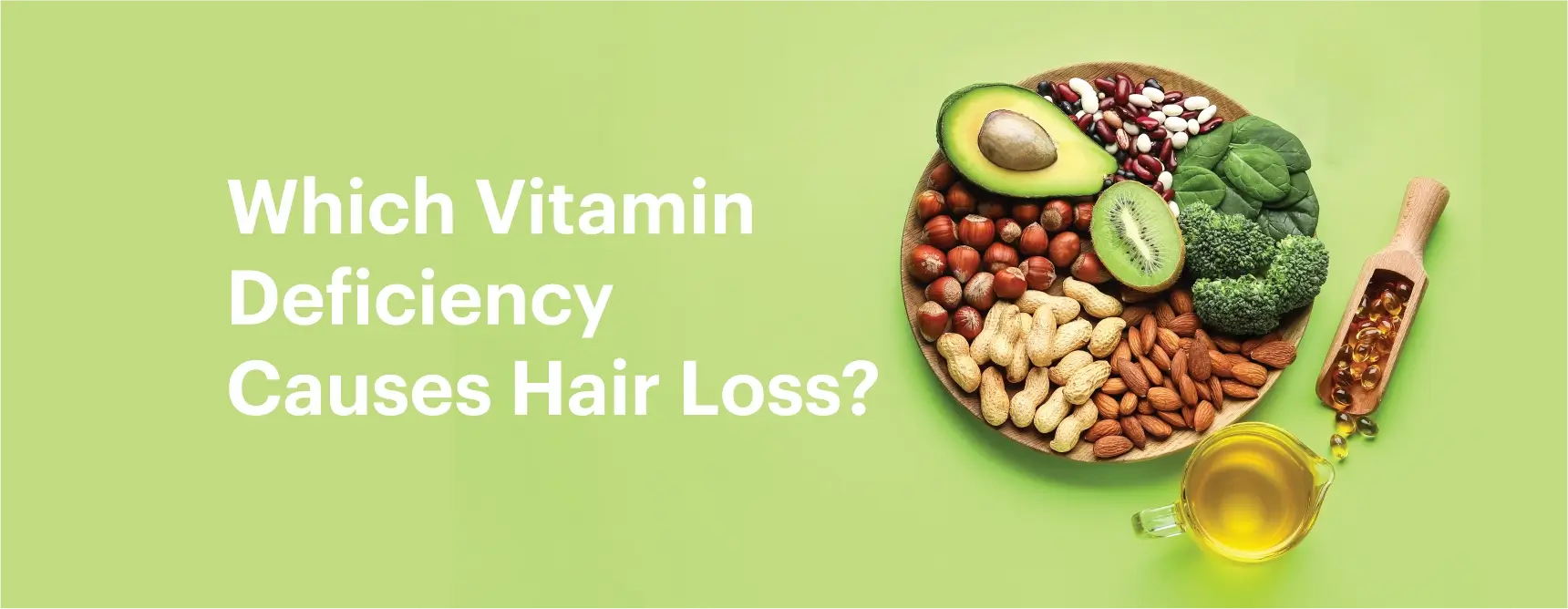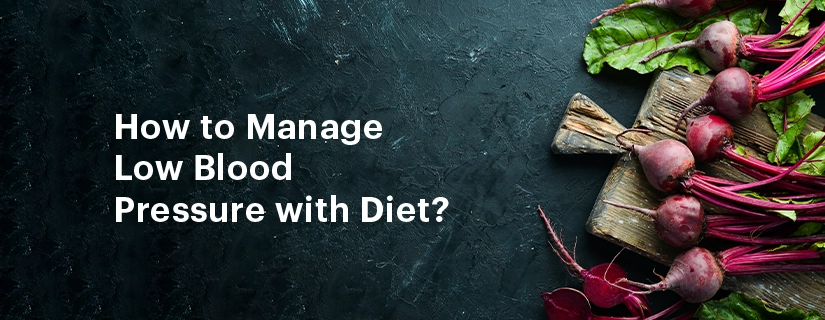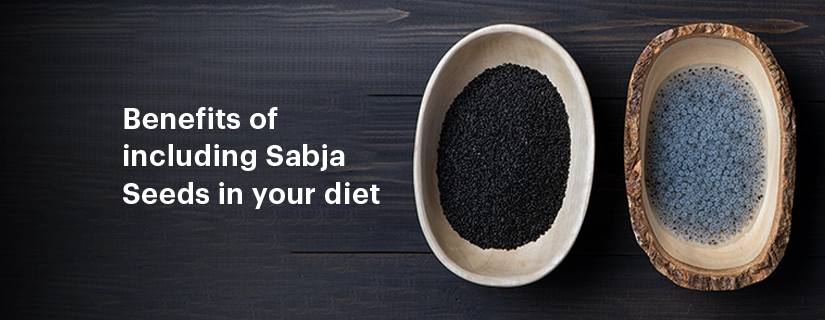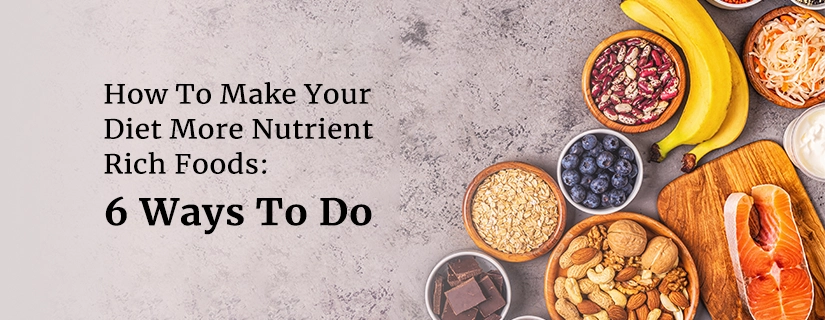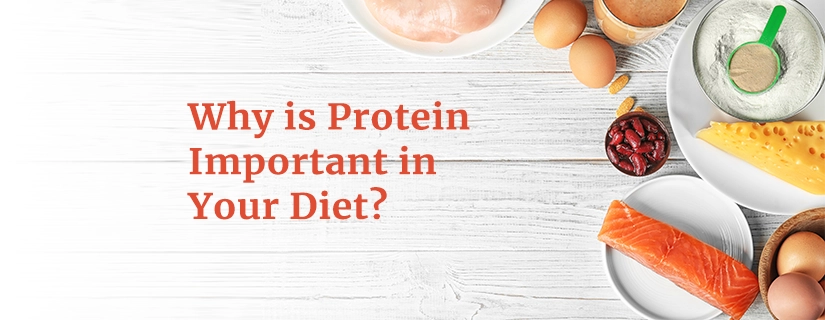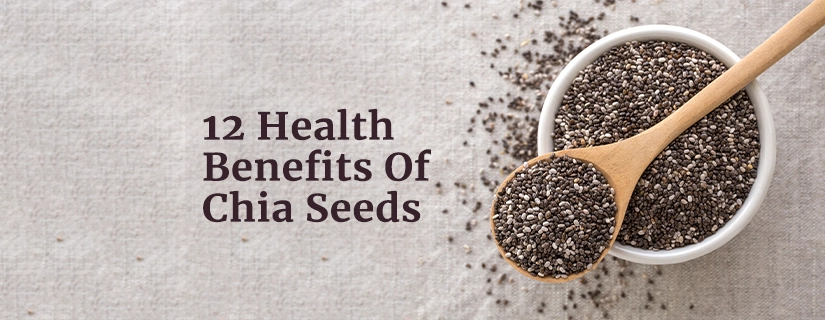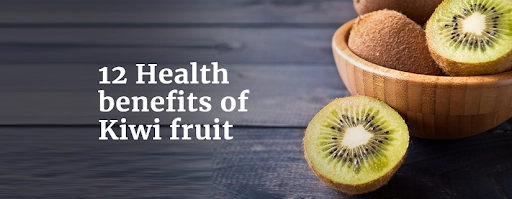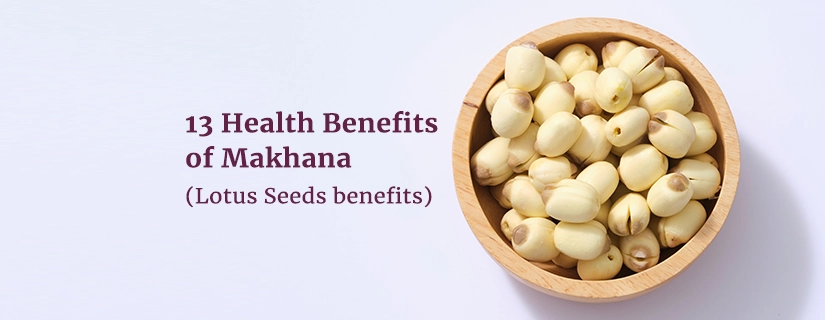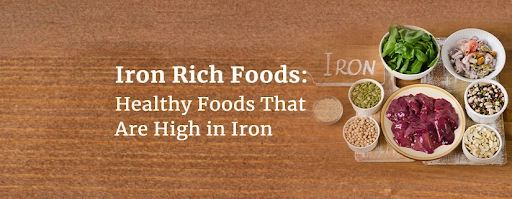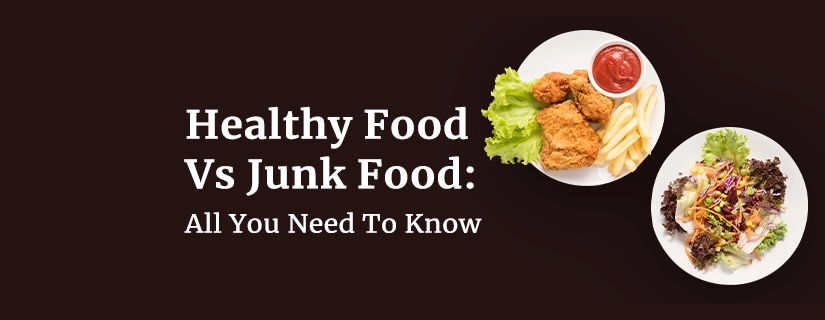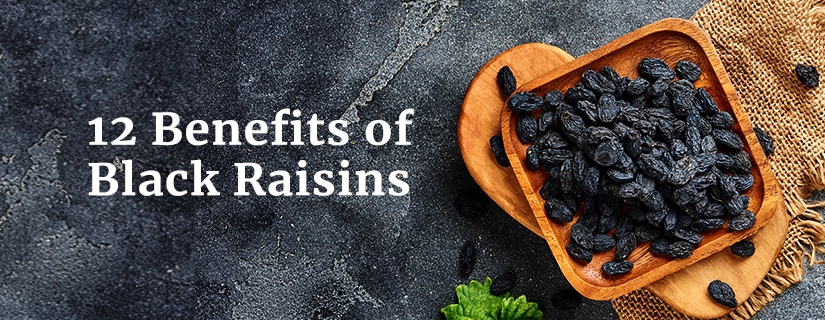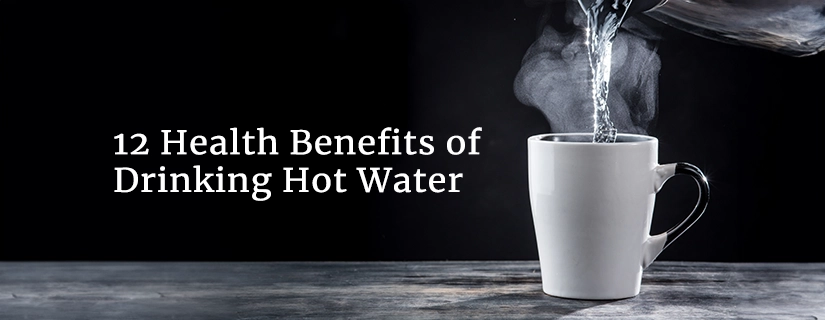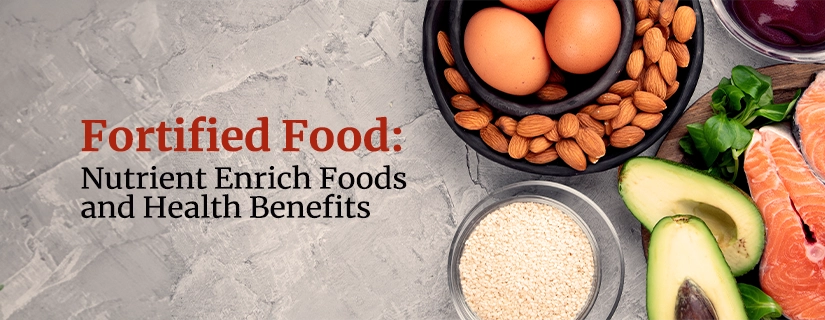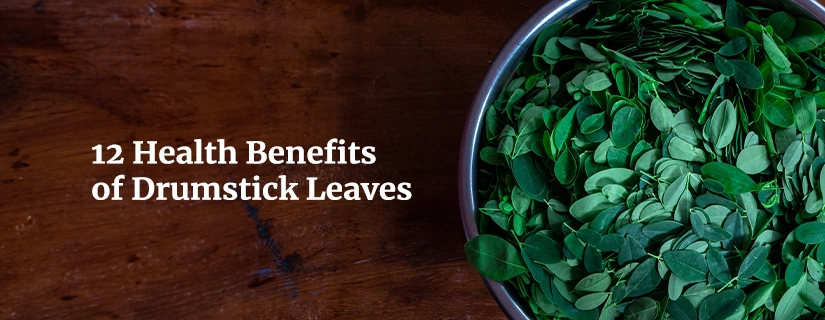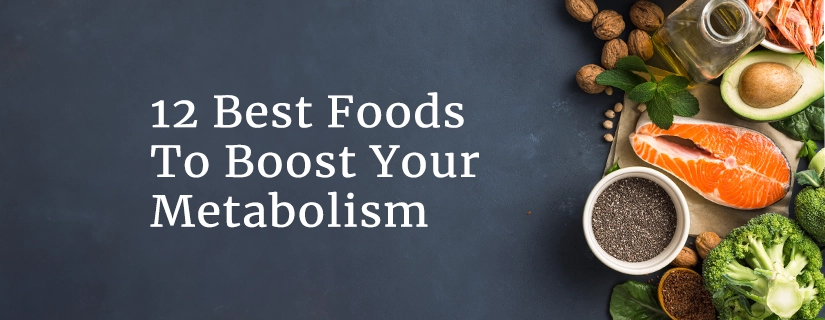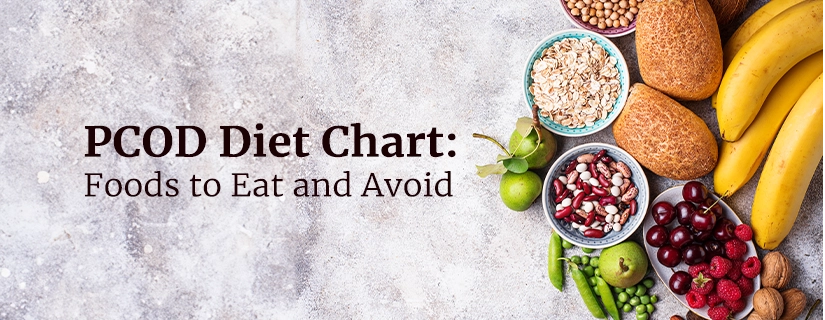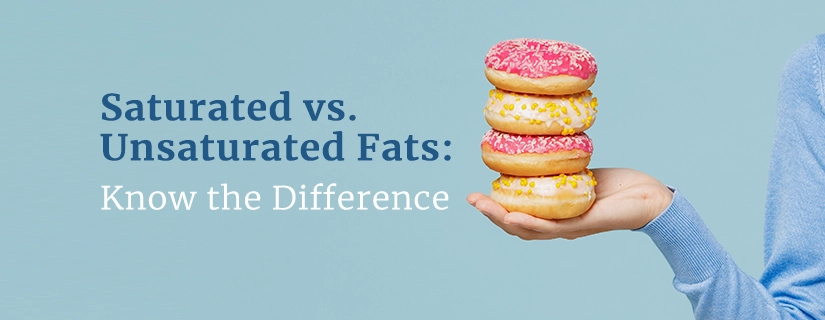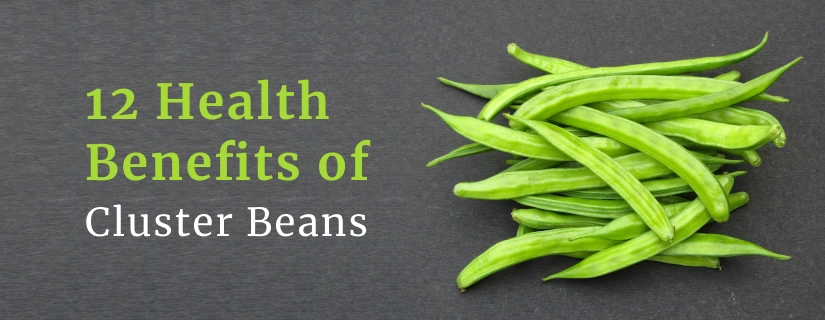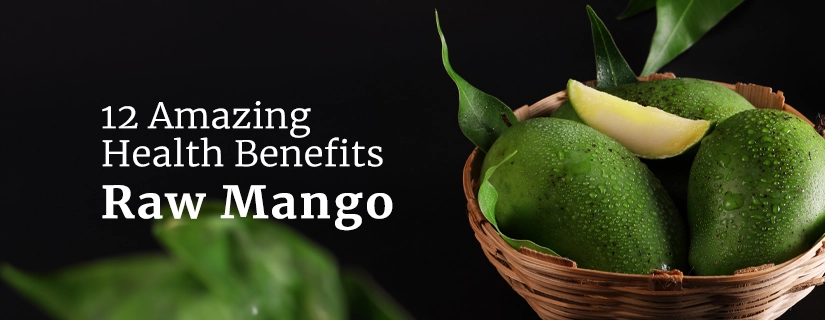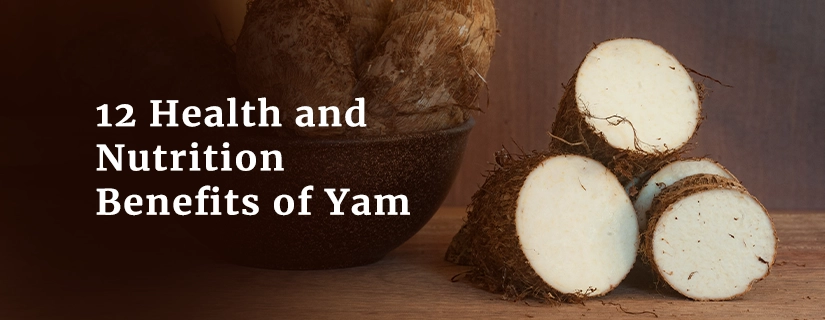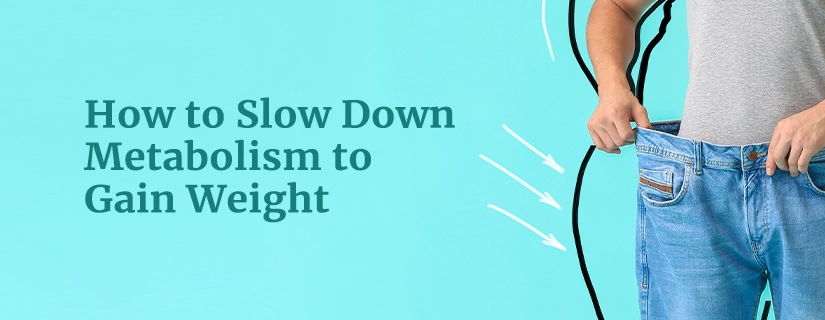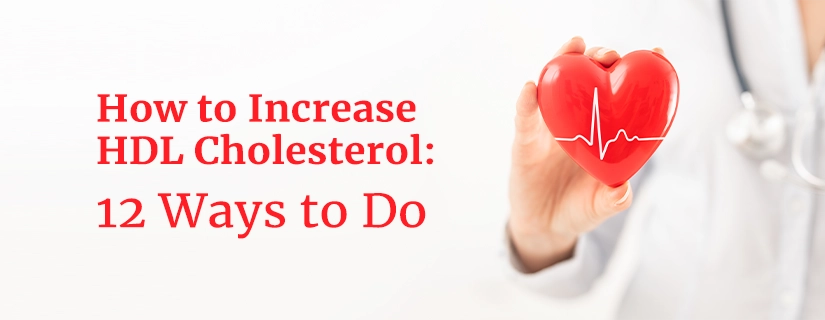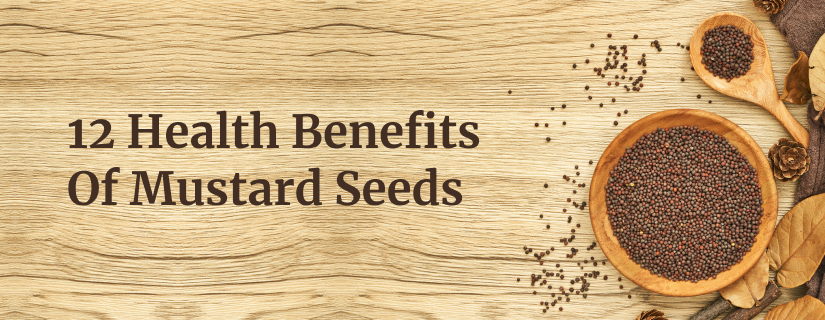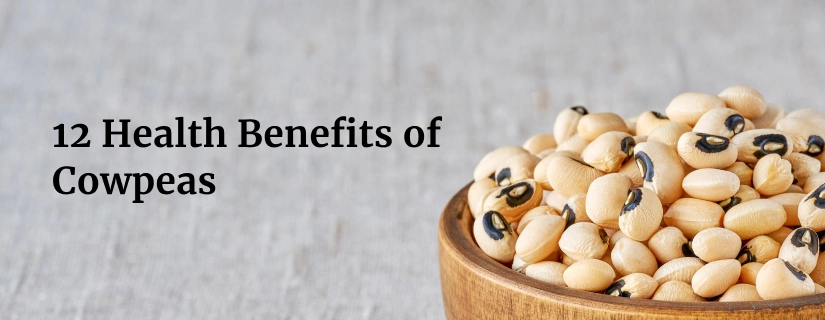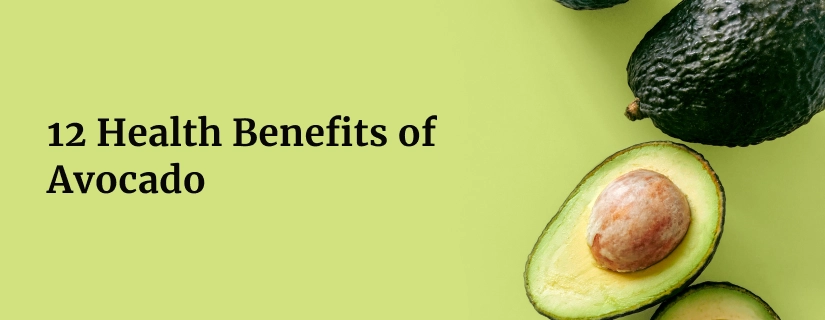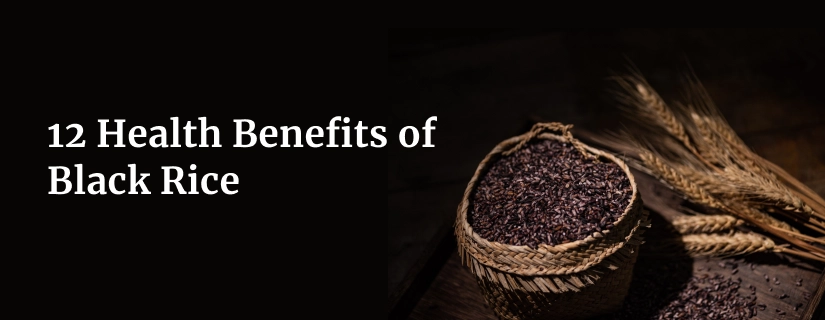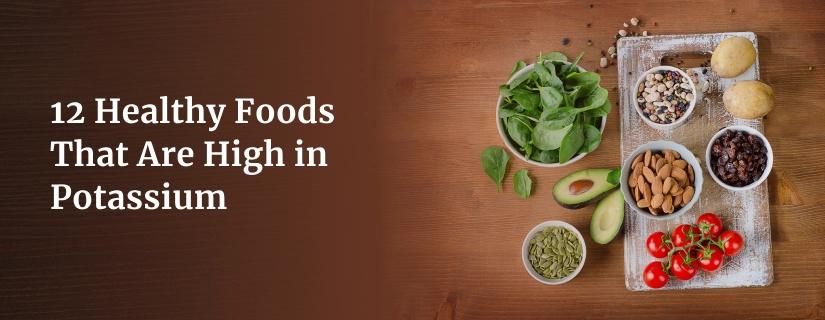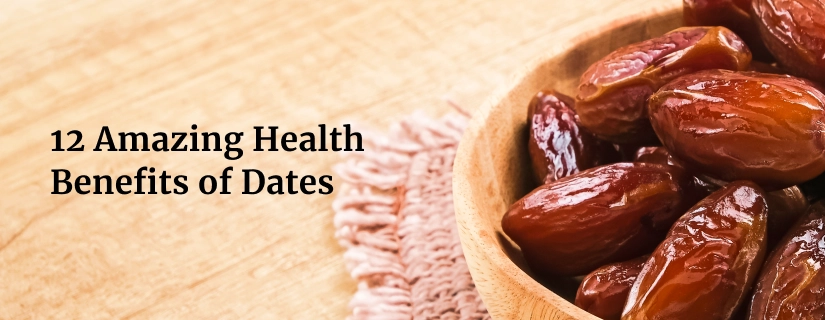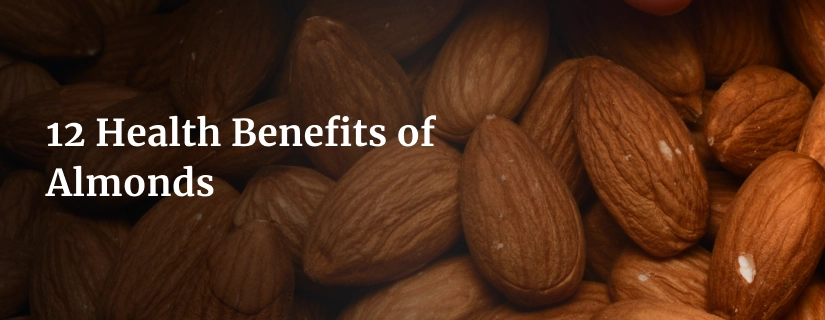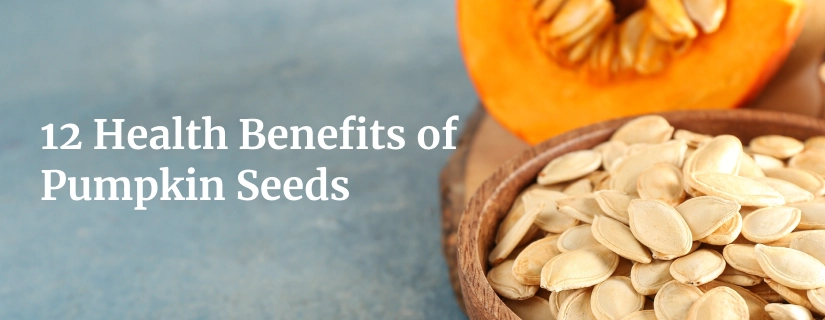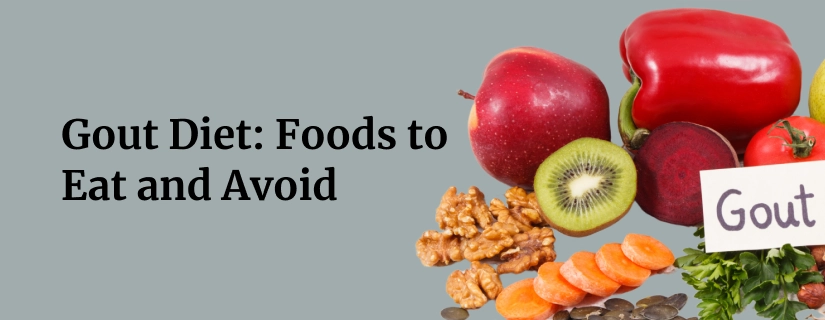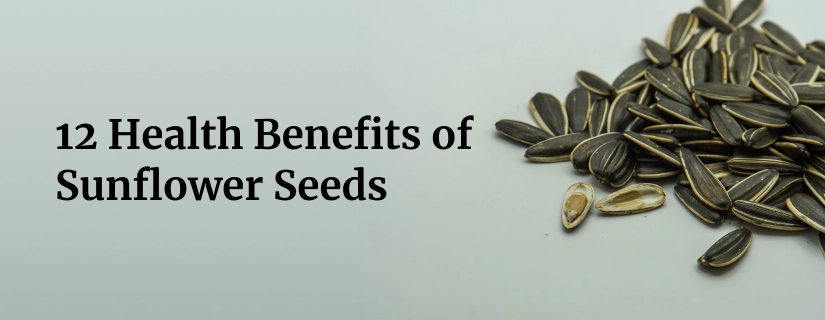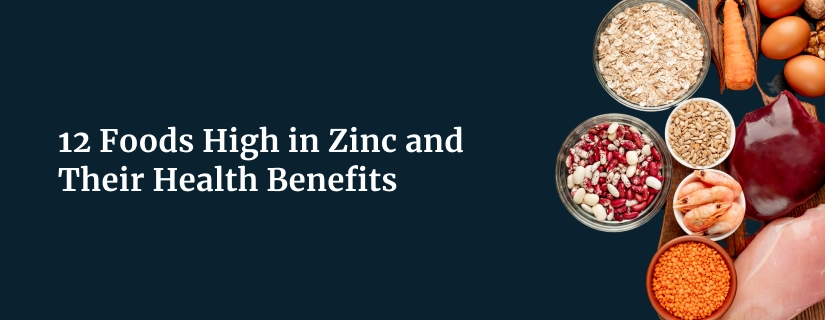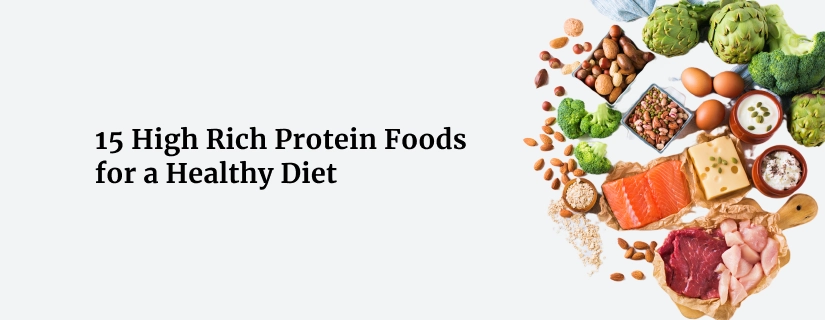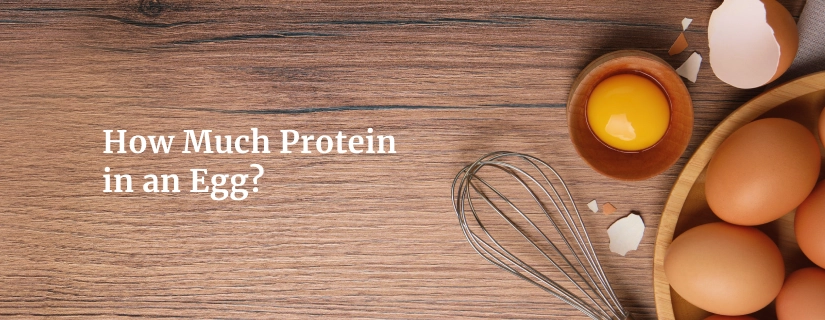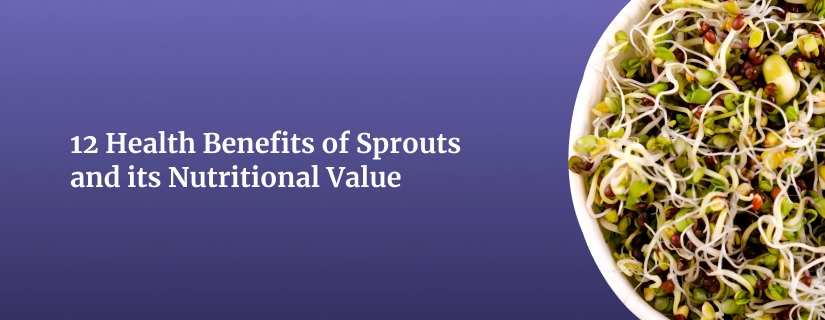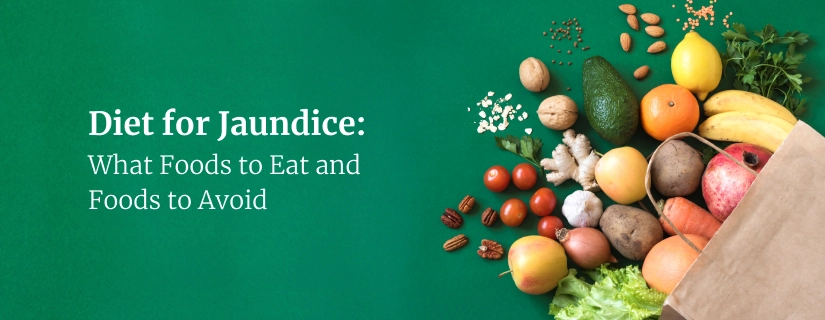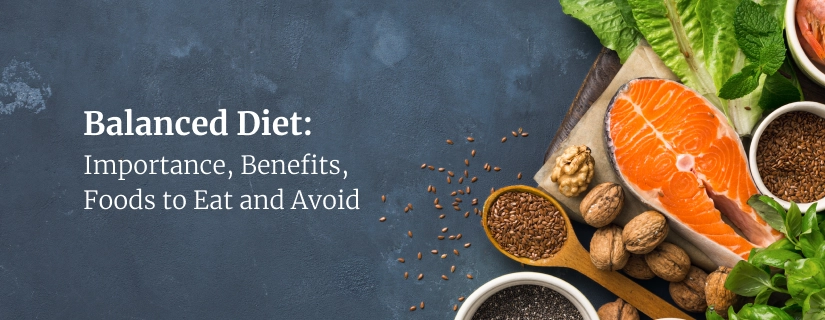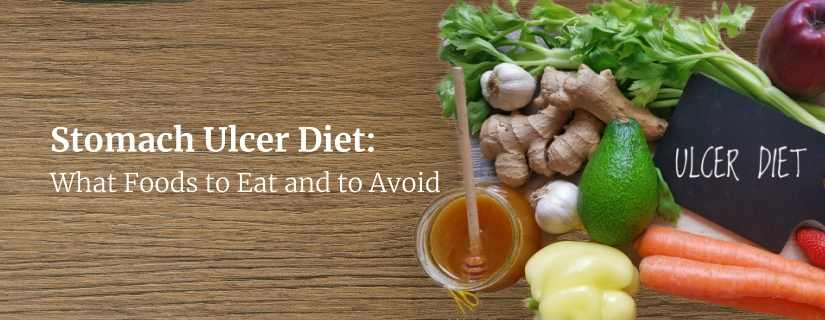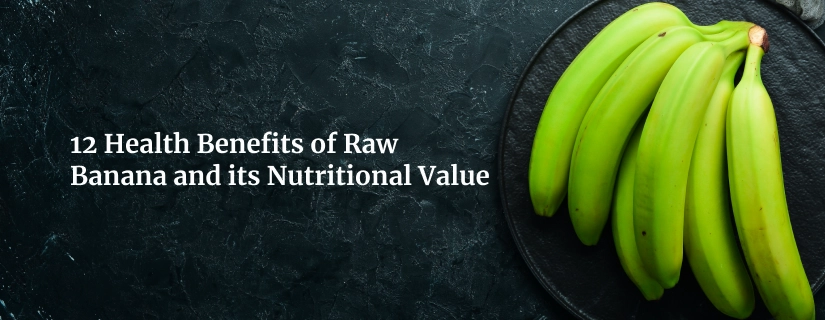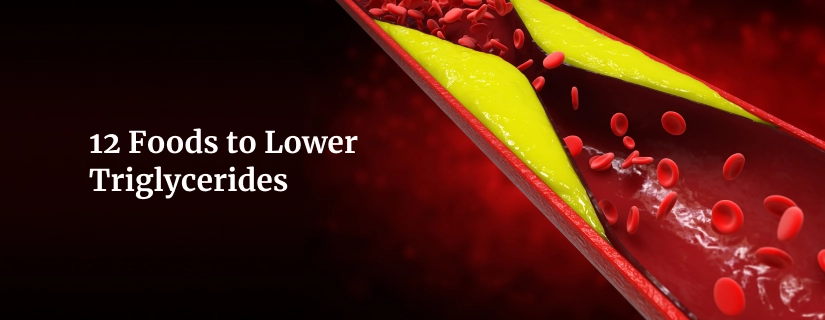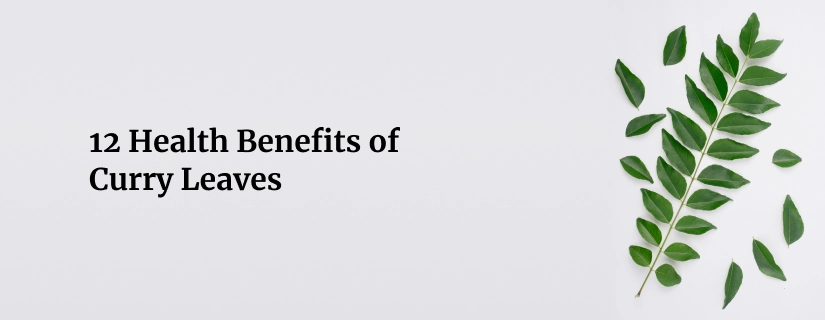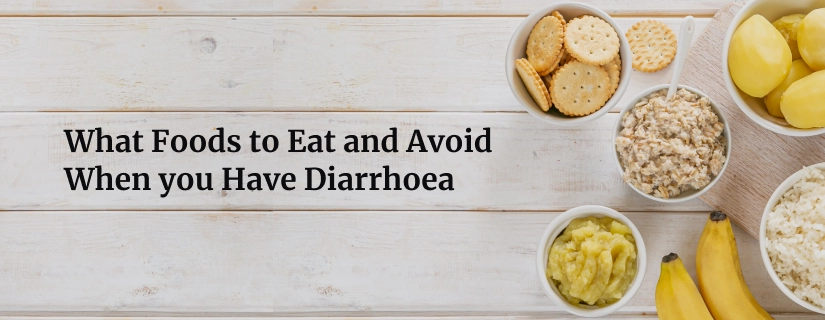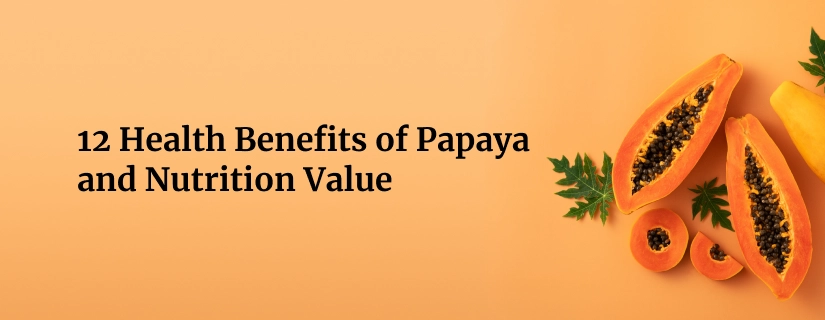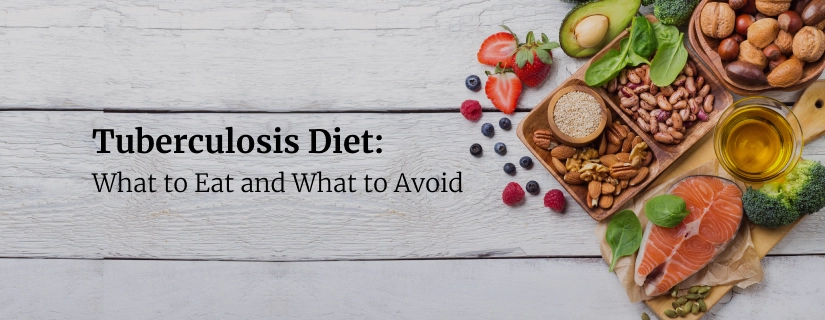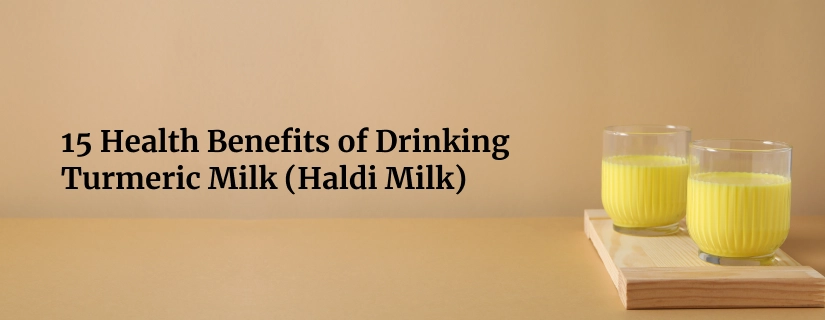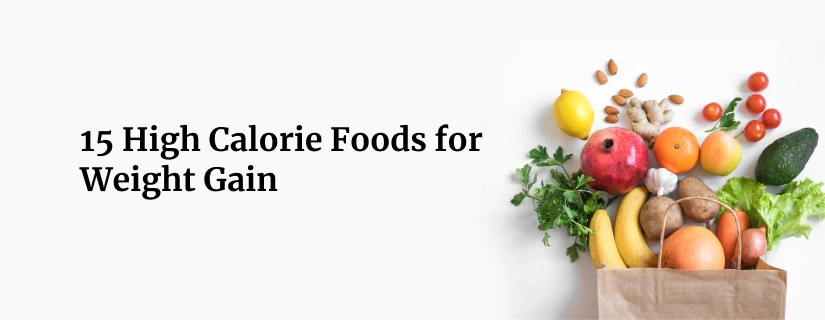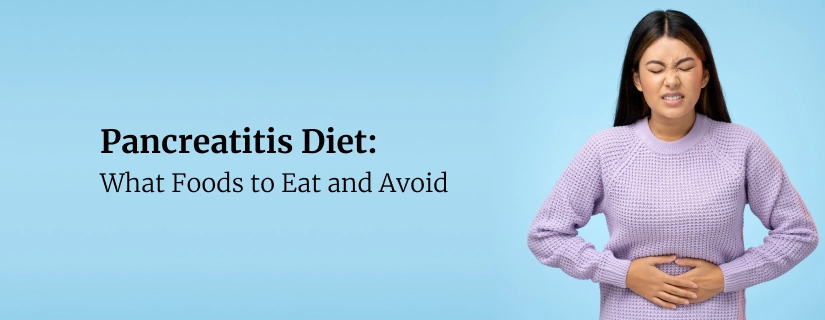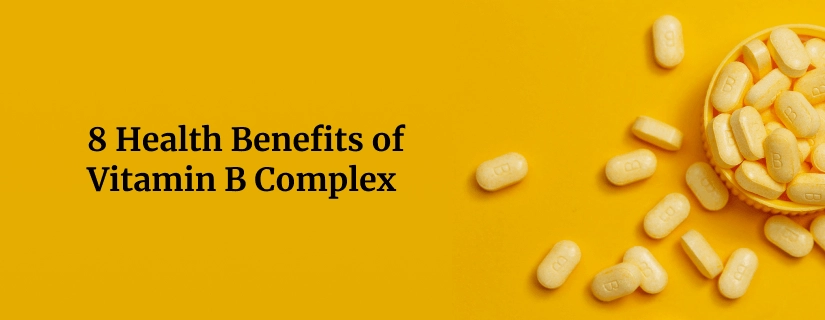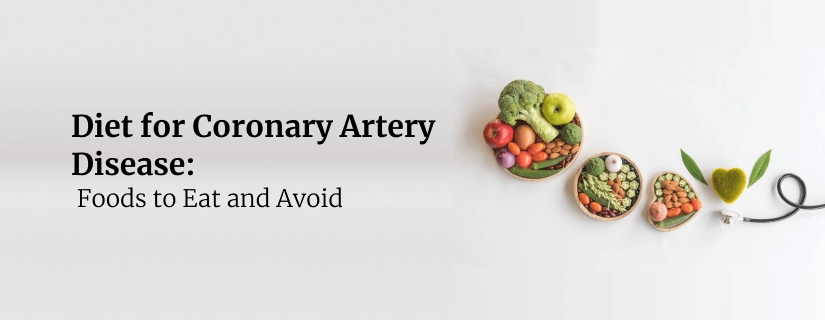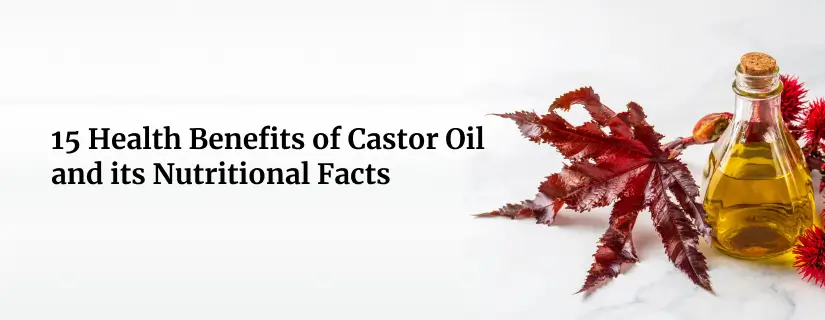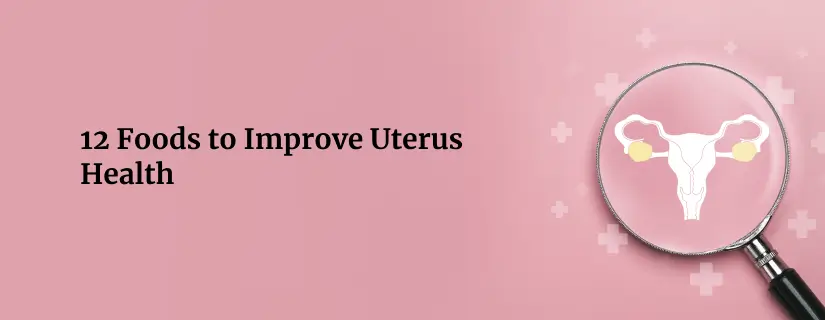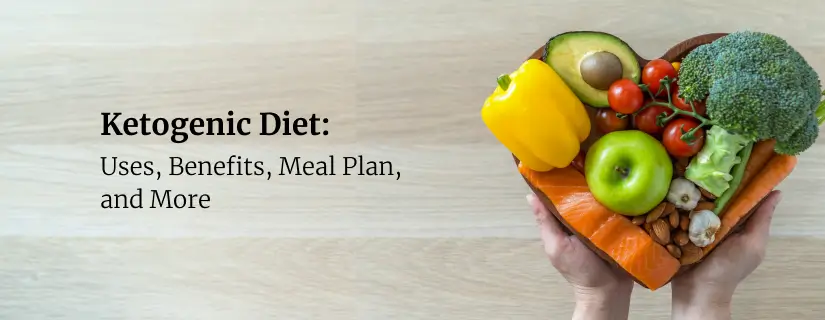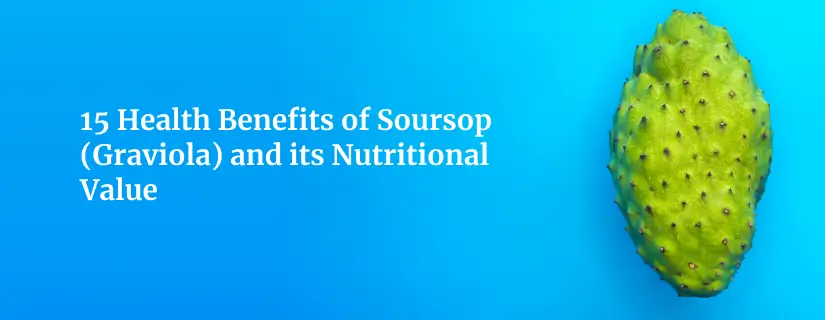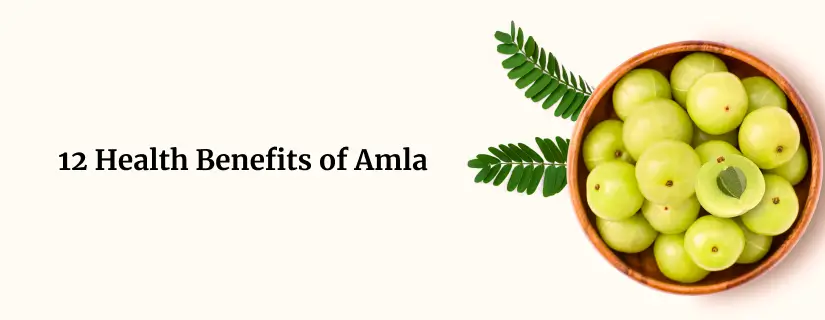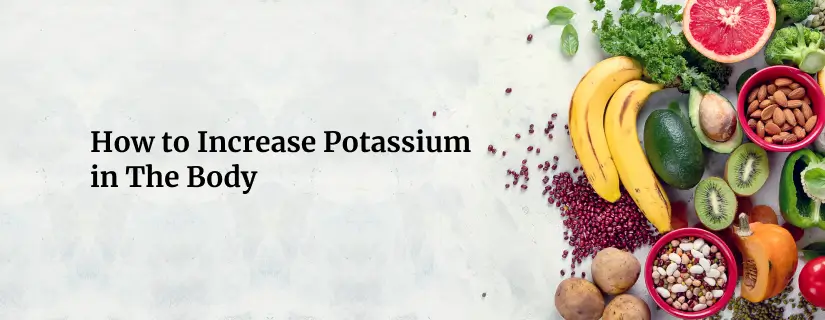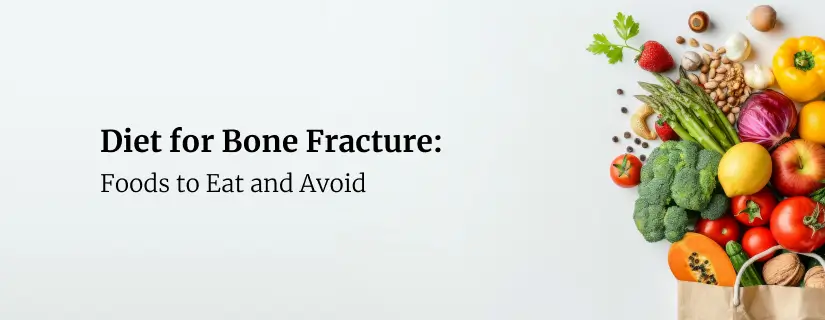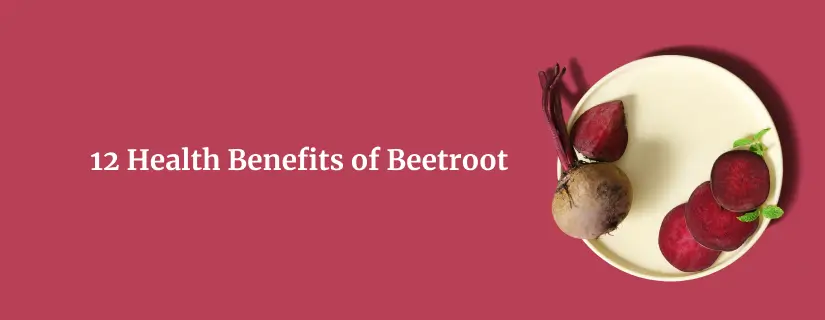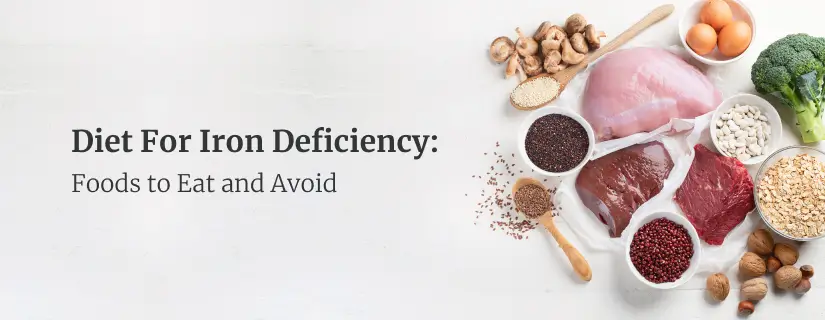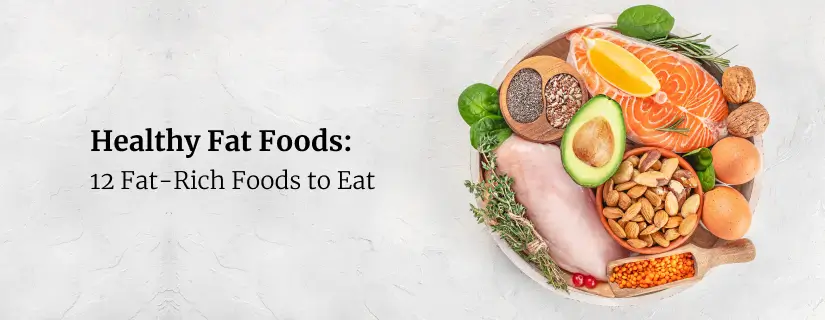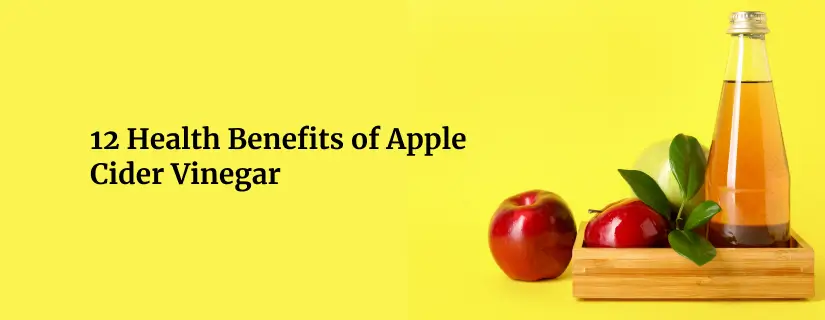-
Doctors
-
Specialities & Treatments
Centre of Excellence
Specialties
Treatments and Procedures
Hospitals & Directions HyderabadCARE Hospitals, Banjara Hills CARE Outpatient Centre, Banjara Hills CARE Hospitals, HITEC City CARE Hospitals, Nampally Gurunanak CARE Hospitals, Musheerabad CARE Hospitals Outpatient Centre, HITEC City CARE Hospitals, Malakpet
HyderabadCARE Hospitals, Banjara Hills CARE Outpatient Centre, Banjara Hills CARE Hospitals, HITEC City CARE Hospitals, Nampally Gurunanak CARE Hospitals, Musheerabad CARE Hospitals Outpatient Centre, HITEC City CARE Hospitals, Malakpet Raipur
Raipur
 Bhubaneswar
Bhubaneswar Visakhapatnam
Visakhapatnam
 Nagpur
Nagpur
 Indore
Indore
 Chh. Sambhajinagar
Chh. SambhajinagarClinics & Medical Centers
Book an AppointmentContact Us
Online Lab Reports
Book an Appointment
Consult Super-Specialist Doctors at CARE Hospitals
DASH Diet for Hypertension: Diet Plan and Benefits
Updated on 24 December 2024
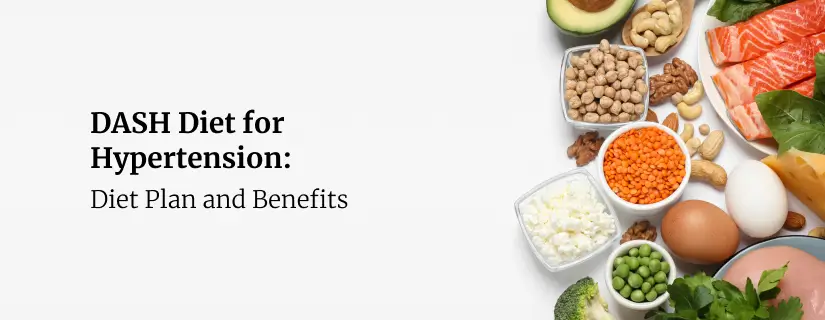
Hypertension or high blood pressure affects nearly 50% of all adults worldwide, making it one of today's most common health conditions. While medications help manage hypertension, diet plays a crucial role in controlling blood pressure naturally. The DASH diet for hypertension offers a proven approach to lowering blood pressure through careful food choices. This comprehensive guide explains how the DASH diet works, dietary plan for hypertension, and how to follow this eating plan to achieve better blood pressure control.
What is the DASH Diet?
Dietary Approaches To Stop Hypertension (DASH) represents a comprehensive eating plan developed by the National Heart, Lung, and Blood Institute. This evidence-based dietary approach has earned recognition from major health organisations, including the United States Department of Agriculture (USDA) and the American Heart Association, for its effectiveness in managing blood pressure.
The DASH diet emphasises consuming nutrient-rich foods while limiting potentially harmful elements. Its core components include:
- Abundant fruits and vegetables
- Whole grains as primary carbohydrates
- Low-fat or fat-free dairy products
- Lean proteins, mainly fish and poultry
- Nuts, seeds, and legumes
- Limited sugar-sweetened foods and beverages
- Restricted red meat consumption
- Controlled sodium intake
The diet offers flexibility through adjustable daily caloric intake ranges from 1,600 to 3,100 calories, making it suitable for various nutritional needs. The standard version limits sodium to 2,300 milligrams daily, while a lower sodium version restricts intake to 1,500 milligrams for enhanced blood pressure management.
The diet focuses on increasing essential nutrients like potassium, magnesium, calcium, and fibre while reducing saturated fats, trans fats, and cholesterol. This balanced approach makes it suitable not only for managing hypertension but also for general healthy eating.
The DASH diet does not warrant special food or supplements, as all components are readily available in grocery stores and most restaurants. This accessibility, scientific backing, and flexible implementation options have established it as one of the most recommended dietary approaches for blood pressure management.
Benefits of The DASH Diet
The DASH diet's most significant impact lies in its cardiovascular benefits. Studies have shown that DASH can reduce the likelihood of cardiovascular disease by up to 20%. More specifically, it leads to a 19% lower risk of stroke and a 29% decreased risk of heart failure. The diet also significantly affects cholesterol management, particularly in reducing low-density lipoprotein (LDL) and triglyceride levels.
Weight management represents another crucial benefit of the DASH diet. Research indicates that individuals following this eating plan achieve better weight loss than those on standard calorie-restricted diets over a 24-week.
The diet offers several additional health advantages:
- Lowers the likelihood of type 2 diabetes by 20% through improved insulin sensitivity
- Lowers uric acid levels, decreasing the risk of gout
- Improves kidney health by reducing the risk of kidney stones
- Decreases cancer risk, particularly colorectal and breast cancer, due to higher intake of vitamins, minerals, and antioxidants
- Helps manage metabolic syndrome by addressing multiple risk factors simultaneously
What Do You Eat in The DASH Diet?
The DASH diet transforms everyday food choices into a powerful tool for managing blood pressure. This balanced eating plan requires no special foods or supplements, making it both practical and sustainable for long-term health management.
The diet focuses on specific food groups and their recommended daily servings based on a 2,000-calorie diet:
- Grains: Whole grains like brown rice, whole-wheat bread, and oatmeal
- Vegetables: Colourful options such as broccoli, carrots, and leafy greens
- Fruits: Fresh, frozen, or canned varieties
- Dairy: Low-fat or fat-free products
- Lean Proteins: Fish, poultry, and lean meats
- Nuts, Seeds, and Legumes: Almonds, walnuts, peanuts, flaxseeds, hazelnuts, sunflower seeds, lentils, and kidney beans
- Fats and Oils: healthy vegetable oils
A serving of grains equals one slice of bread or 1/2 a cup of cooked pasta. For vegetables, a serving might be 1 cup of raw leafy greens or 1/2 a cup of cooked vegetables. Fruit servings typically consist of one medium piece or half a cup of fresh fruit.
For optimal results, the DASH diet encourages preparing meals at home, where individuals have better control over ingredients and portion sizes. This approach allows for careful monitoring of sodium intake while ensuring the inclusion of all essential nutrients through varied food choices.
DASH Diet Plan for Hypertension
Implementing the DASH diet requires careful planning and understanding of portion sizes. The diet offers a structured yet flexible approach that individuals can adapt to their lifestyle while maintaining its core principles for blood pressure management.
The foundation of the DASH diet plan centres on specific daily serving recommendations based on a 2,000-calorie diet. These guidelines help individuals structure their meals effectively:
- Grains: 6-8 servings daily
- Vegetables: 4-5 servings daily
- Fruits: 4-5 servings daily
- Low-fat dairy: 2-3 servings daily
- Lean proteins: 6 or fewer servings daily
- Fats and oils: 2-3 servings daily
The DASH diet offers two sodium-level options to accommodate different health needs. The standard involves intake of 2,300 milligrams of sodium daily, while the lower sodium version restricts intake to 1,500 milligrams. Doctors can help determine which version best suits individual needs.
For successful implementation, individuals should follow these practical steps:
- Monitor portion sizes using measuring cups initially
- Plan meals to ensure balanced nutrition
- Read food labels carefully for sodium content
- Replace salt with herbs and spices for flavouring
- Prepare more meals at home to control ingredients
The diet emphasises creating colourful plates with various fruits and vegetables. Including at least two vegetable side dishes with main meals helps meet the recommended servings. For desserts, the plan encourages fruit-based options rather than traditional sweets.
Conclusion
The DASH diet is a proven, science-backed approach to managing blood pressure through mindful eating choices. This flexible eating plan combines essential nutrients from various food groups while limiting sodium intake, making it practical and sustainable for long-term health management.
Research demonstrates the diet's effectiveness for blood pressure control, weight management, diabetes prevention, and heart health improvement. The diet's success stems from its straightforward guidelines focusing on readily available foods like fruits, vegetables, whole grains, and lean proteins.
People following the DASH diet can choose between standard and lower sodium versions based on their health needs. Success with this eating plan depends on understanding portion sizes, planning meals carefully, and gradually adjusting eating habits. These small changes in daily food choices can significantly improve blood pressure and overall health.
FAQs
1. Who should consider following the DASH diet?
The DASH diet is primarily recommended for individuals seeking to manage or prevent hypertension (high blood pressure). It focuses on reducing sodium intake & increasing the consumption of nutrients known to help lower blood pressure.
2. What types of oils are suitable for the DASH diet?
When following the DASH diet, opting for heart-healthy oils is crucial. Recommended options include vegetable oils like canola, corn, olive, and safflower. Other healthy fats sources such as nuts, seeds, and avocados are also encouraged.
3. What is the sodium restriction on the DASH diet?
The standard DASH diet plan caps sodium intake at 2,300 milligrams per day, aligning with the Dietary Guidelines for Americans. This is equivalent to the sodium content in 1 teaspoon of table salt. There is also a lower sodium version of the DASH diet that limits intake to 1,500 milligrams daily.
4. Which nuts are included in the DASH diet?
The DASH diet recommends consuming four to five servings of nuts, seeds, and legumes weekly. Ideally, include at least one serving of these foods daily. Nuts are particularly beneficial as they provide heart-healthy omega-3 fatty acids.
To Book an Appointment, call:
ENQUIRY FORM
SELECT CATEGORIES
-
Neurosciences (16)
-
Neurology (37)
-
Neurosurgery (14)
-
Orthopaedics (48)
-
Oncology (33)
-
Obstetrics and gynecology (51)
-
Pulmonology (23)
-
Urology (20)
-
Nephrology (13)
-
Psychiatry (7)
-
Dietetics and Nutrition (111)
-
General Medicine (63)
-
Cardiac Sciences (30)
-
Vascular & Endovascular Surgery and Interventional Radiology (10)
-
Gastroenterology (46)
-
Endocrinology (23)
-
Plastic Surgery (10)
-
Critical Care Medicine (5)
-
COVID-19 (16)
-
Dermatology (16)
-
Emergency Care (1)
-
Ophthalmology (4)
-
Pediatrics (14)
-
Laparoscopic and Bariatric Surgery (8)
-
ENT (15)
-
Kidney Transplant (1)
-
Liver Transplantation and Hepatobiliary Surgery (5)
-
General Surgery (3)
-
Internal Medicine (5)
-
Medicine Information
12 Health Benefits of Lemon Water
12 Health Benefits of Eating Mushrooms
YOU MAY ALSO LIKE
RECENT BLOGS
-
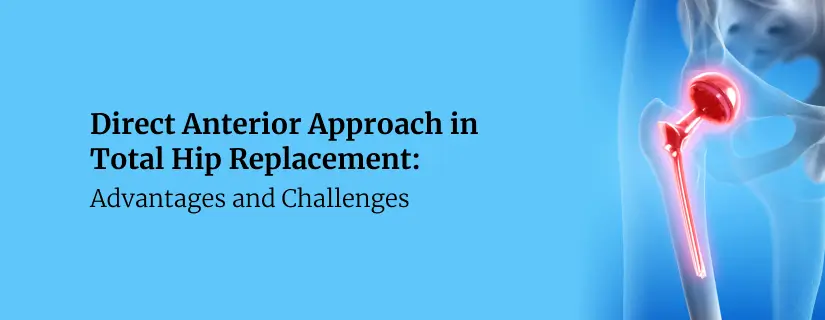
Direct Anterior Approach in Total Hip Replacement: Advantages and Challenges
10 April 2025
Read More
-
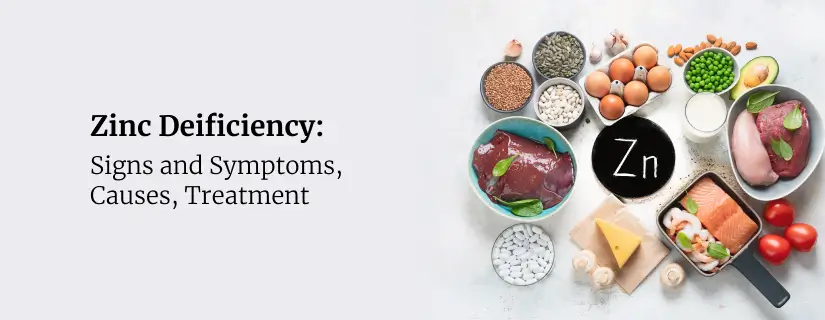
Zinc Deficiency: Signs and Symptoms, Causes, Treatment
9 April 2025
Read More
-

Chest Pain When Coughing: Causes, Treatment and Home Remedies
9 April 2025
Read More
-
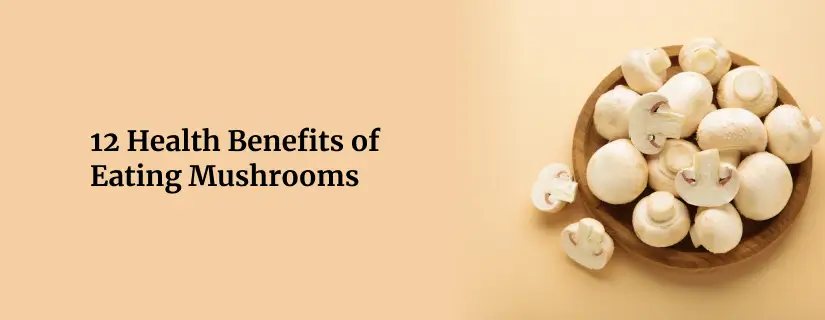
12 Health Benefits of Eating Mushrooms
8 April 2025
Read More
-
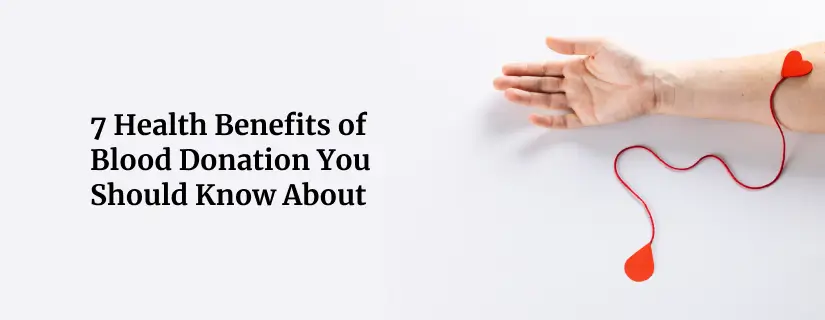
7 Health Benefits of Blood Donation You Should Know About
8 April 2025
Read More
-

Implantation Bleeding Vs Periods: Know the Difference
28 February 2025
Read More
-

Bloating During Ovulation: Symptoms, Causes and Remedies
28 February 2025
Read More
-

Itching During Dengue: Causes, Treatment and Home Remedies
18 February 2025
Read More
Have a Question?
If you cannot find answers to your queries, please fill out the enquiry form or call the number below. We will contact you shortly.




